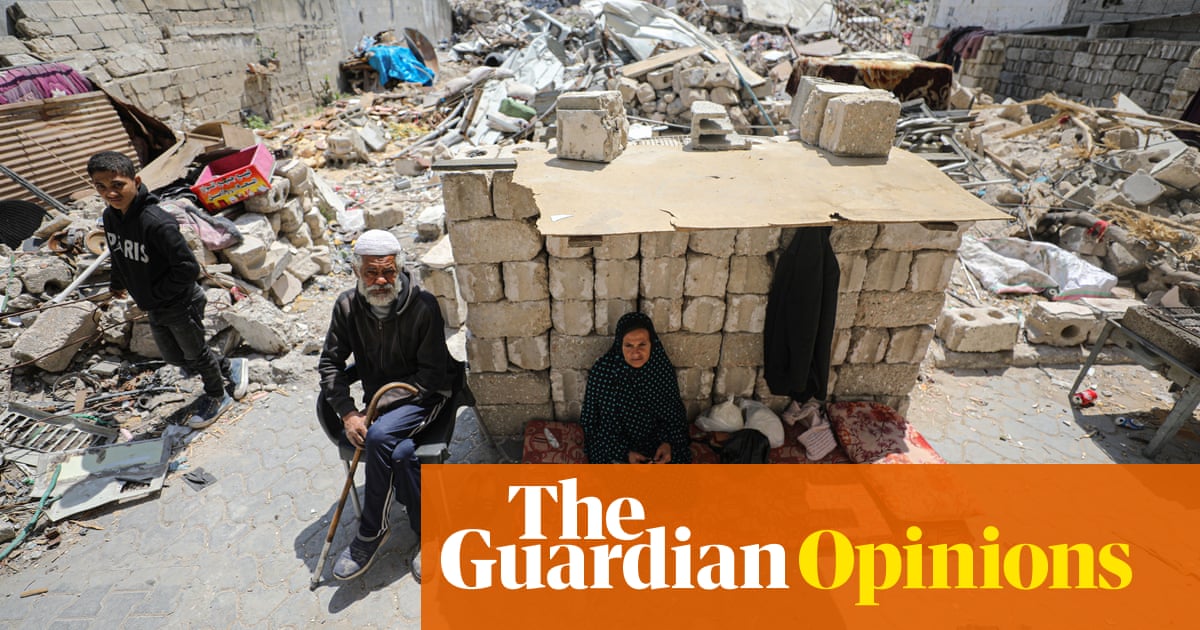
In the six months since the Cop15 summit, some significant environmental agreements have forced nature up the international agenda, but there have also been setbacks to achieving the aims of the ‘historic’ deal to halt the loss of biodiversity agreed in Canada last December. An informal check-in is expected between environment ministers at the climate Cop28 in Dubai later this year before the next biodiversity Cop in Turkey in 2024.
The good news: oceans, plastic and migratory species
In March, governments reached a deal to protect the high seas after nearly two decades. The agreement is crucial for the flagship Cop15 target of protecting 30% of land and sea as it paves the way for the creation of more marine protected areas.
Earlier this month, countries moved forward on creating a legally binding treaty to regulate plastic waste, with pollution one of the five main drivers of biodiversity loss. In October, an international summit on protecting migratory species such as elephants, grey whales and swallows will be held in Uzbekistan.
Brazil: the Amazon, Cerrado and Indigenous rights
The return of the Lula government has already had early success at reducing deforestation in the world’s largest rainforest, with the Brazilian president moving to expand protections to other biomes, such as the Cerrado. His government is pushing to host a pan-Amazon summit in August as part of an effort to permanently halt the destruction of the ecosystem, which is critical to climate and biodiversity targets.
But plans to better protect Indigenous rights – a key principle of the Cop15 agreement – have been trampled on in Brazil by members of the country’s conservative-dominated lower house, who approved controversial legislation that would damage human communities and the environment if the senate approves it.
National strategy plans
Before next year’s Cop16 summit in Turkey, countries are required to release their national biodiversity strategies and action plans – which show how a country is helping meet the overall agreement. Japan, Rwanda and Canada have all taken steps to release strategies, and Spain will updates its plan in late January.
EU nature restoration
In Europe, efforts to introduce legally binding targets on nature restoration have become embroiled in political controversy, with the European parliament’s largest group – the centre-right European People’s party (EPP) – refusing to back the proposals. It is currently hanging by a thread. If the law does not pass, it would be a major blow to meeting the targets agreed at Cop15.
Funding biodiversity
Divisions over money were the most complicated issue at Cop15, threatening to derail the agreement even after it had formally passed, with Democratic Republic of the Congo and many other developing countries wanting to see the creation of a standalone fund for biodiversity.
Instead, a fund-within-a-fund was the compromise solution, alongside $30bn for biodiversity by 2030 with $20bn needed by 2025. This month, the UN’s main biodiversity fund – the Global Environment Facility – will meet in Brazil to approve its creation. It is expected to launch in August at the GEF’s assembly in Vancouver. After that, the focus will be on the scale of contributions from donors.
Debt-for-nature swaps
As part of efforts to increase funding for biodiversity, a growing number of developing countries have entered into “debt-for-nature swaps”. Ecuador recently agreed the largest ever deal – a debt purchase that will generate lifetime savings of $1.1bn – to help fund conservation in the Galápagos Islands. Belize and Barbados already have them, and more are expected.
Creative financial deals for biodiversity will be on the agenda at a global finance summit in Paris on 22-23 June, jointly hosted by the prime minister of Barbados, Mia Mottley, and the French president, Emmanuel Macron.
Corporate responsibility
For companies, which are required to identify and disclose which parts of their operations affect and depend on nature, progress has been made on the Taskforce on Nature-related Financial Disclosures. Co-hosted by Elizabeth Maruma Mrema, who was the UN biodiversity chief at Cop15, it will publish its recommendations in September.
The Science-Based Targets Network has also released initial guidance for companies measuring how they contribute to land degradation, and the use and pollution of freshwater.
The role of banks
Central banks have also been discussing the risk of biodiversity loss. This month, research by the European Central Bank found that the EU’s economy was highly dependent on nature, and its collapse could cause instability. Similar assessments have been carried out in Malaysia and Singapore, according to the Financial Times, but the US central bank has stayed away from the subject.
Action on species loss
Researchers continue to raise the alarm about species decline. A paper published by the Royal Society in April found that without ambitious action, targets to stop wildlife declines by 2030 (as agreed at Cop15) could be slipping out of reach. This research was based on the principle of ecological lag, which is the time delay between the environmental change (such as a change in temperature or land use) and the time it takes for wildlife to respond to it.
The study warns that up to 2050, wildlife populations will still be responding to environmental change that happened before 2010. “Even radical land restoration efforts may therefore fail to end population declines by 2030,” say the authors.












